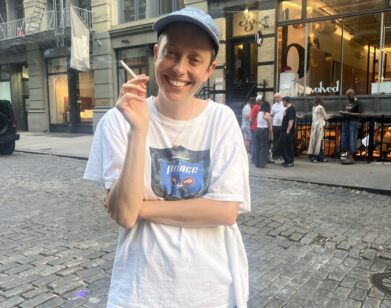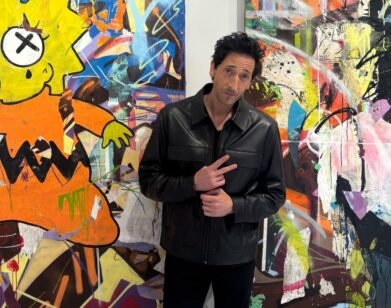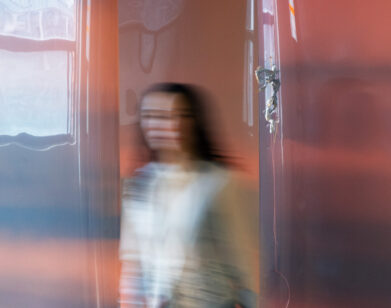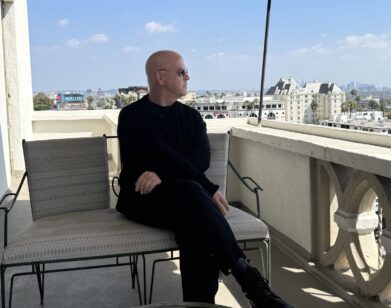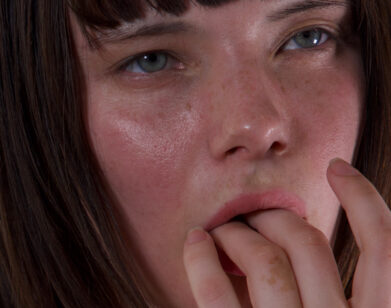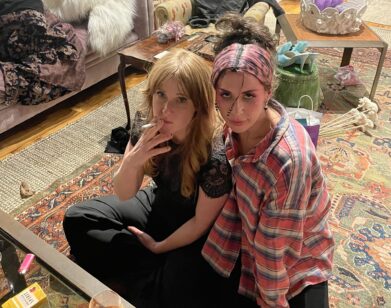Pecha Kucha, or, Death by Powerpoint
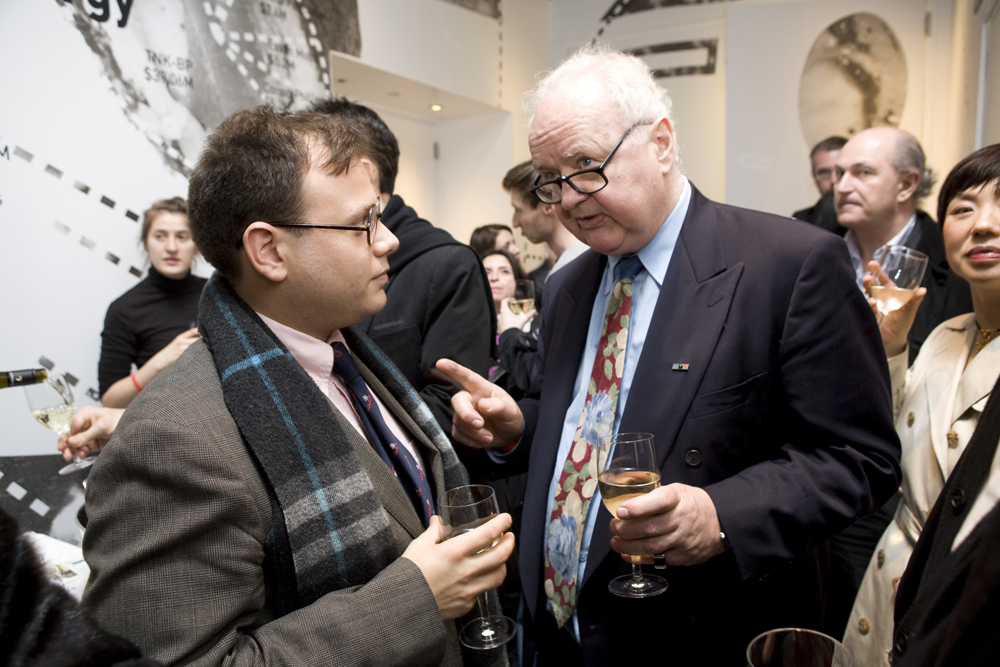
Since it started six years ago, Pecha Kucha Night has established itself as Tokyo’s premiere creative gathering, and while the straightforward formula has become a powerful vehicle for artistic expression, it has also stretched over to academia and the business world. What, you ask, is Pecha Kucha? (LEFT: THE NEW MUSEUM’S BENJAMIN GODSILL LEARNS WHAT IT’S ALL ABOUT)
“Pecha kucha” literally means “chit-chat” in Japanese, and the patented (it’s literally patented) form of a Power Point presentation was developed by Tokyo-based architects Mark Dytham and Astrid Klein of Tokyo’s Klein-Dytham Architecture (KDa) to break up the stereotypical banality of the presentations; to ultimately avoid “death by Powerpoint.” Klein and Dytham created the technique to give young designers a venue to meet, network, and show their work; and to attract people to SuperDeluxe, the multi-media experimental event space they had set up in the Roppongi district of Tokyo. Simply by word of mouth, the Pecha Kucha phenomenon disseminated, first in Tokyo and then through the creative community, like a virus, it spread to over 110 cities globally. The platform is simple but the end product—nothing more than knowledge and awareness of the individual presenters—is ever-changing, inspiring, fun and/or all of the above. It’s a presentation meets poetry slam, “a platform for creative people to talk about creative things” (Pecha Kucha Boston’s motto), where each presenter is allowed 20 images, each shown for 20 seconds each, so he or she has to say what he needs to say in 6 min and 40 seconds of exquisitely matched words with images. Presenters (and much of the audience) are usually from the design, architecture, photography, art and creative fields, but the academia and business communities have also caught on. For the creative community, the goal is nothing more than self-promotion and/or inspiration. There is no winner and, most of the time, no underlying theme; there are simply ideas and images in the same room with creative minds; new forms of Pecha Kucha have musical interludes (i.e. live bands) or an immediate critique of the presentation.
For over a hundred years Berlin and Tokyo have been linked by historical and art historical connections, so it was no surprise that the forward-thinking city caught on to Pecha Kucha early on. It was at the ‘20 Years of Change—Berlin Days’ event at the New Museum earlier this month where I first experienced Pecha Kucha. New Museum curatorial associate Benjamin Godsill took the stage for his first Pecha Kucha experience and did exceptionally well, using various images and anecdotes to explain the undeniably controversial and often criticized (mostly by newer New Yorkers who never experienced the shifty past of the Bowery) evolution of the Bowery and construction of the glass edifice that is now the New Museum, along with the New Museum’s own colorful past (i.e. running out of a dilapidated office in Soho for its first decade of existence). Artist Jacob Dyrenforth told the story of ex-marine Jim Baker, who founded natural food restaurant The Source on the Sunset Strip in L.A. in the 1960s, changed his name to Father Yod, opened a commune, and took more than a dozen wives with names like Isis and Electricity. The last presenter marked the end and we all left with maybe a few designers to look up, artists to keep on eye on or simply a few new tales. This marks the death of “death by Powerpoint,” or a double negative forming a positive: the re-birth of Powerpoint. Hallelujah.

